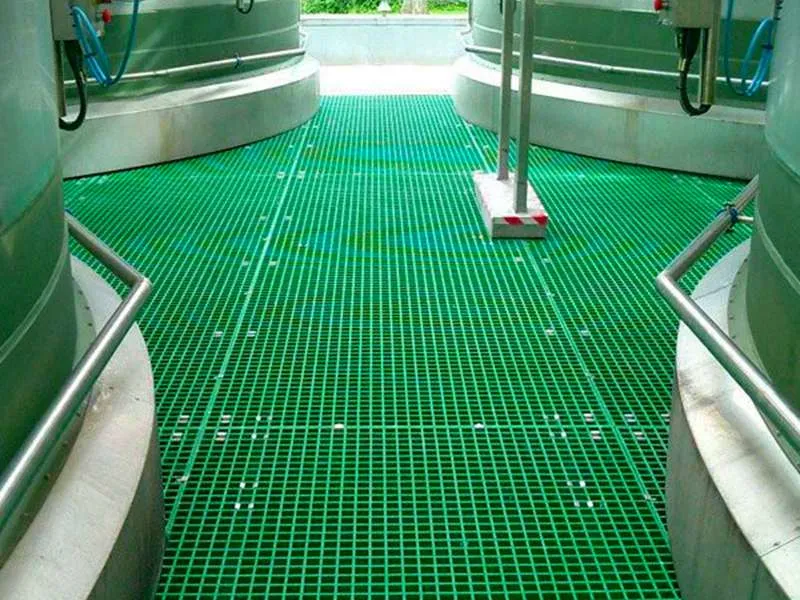
-
 Afrikaans
Afrikaans -
 Albanian
Albanian -
 Amharic
Amharic -
 Arabic
Arabic -
 Armenian
Armenian -
 Azerbaijani
Azerbaijani -
 Basque
Basque -
 Belarusian
Belarusian -
 Bengali
Bengali -
 Bosnian
Bosnian -
 Bulgarian
Bulgarian -
 Catalan
Catalan -
 Cebuano
Cebuano -
 China
China -
 China (Taiwan)
China (Taiwan) -
 Corsican
Corsican -
 Croatian
Croatian -
 Czech
Czech -
 Danish
Danish -
 Dutch
Dutch -
 English
English -
 Esperanto
Esperanto -
 Estonian
Estonian -
 Finnish
Finnish -
 French
French -
 Frisian
Frisian -
 Galician
Galician -
 Georgian
Georgian -
 German
German -
 Greek
Greek -
 Gujarati
Gujarati -
 Haitian Creole
Haitian Creole -
 hausa
hausa -
 hawaiian
hawaiian -
 Hebrew
Hebrew -
 Hindi
Hindi -
 Miao
Miao -
 Hungarian
Hungarian -
 Icelandic
Icelandic -
 igbo
igbo -
 Indonesian
Indonesian -
 irish
irish -
 Italian
Italian -
 Japanese
Japanese -
 Javanese
Javanese -
 Kannada
Kannada -
 kazakh
kazakh -
 Khmer
Khmer -
 Rwandese
Rwandese -
 Korean
Korean -
 Kurdish
Kurdish -
 Kyrgyz
Kyrgyz -
 Lao
Lao -
 Latin
Latin -
 Latvian
Latvian -
 Lithuanian
Lithuanian -
 Luxembourgish
Luxembourgish -
 Macedonian
Macedonian -
 Malgashi
Malgashi -
 Malay
Malay -
 Malayalam
Malayalam -
 Maltese
Maltese -
 Maori
Maori -
 Marathi
Marathi -
 Mongolian
Mongolian -
 Myanmar
Myanmar -
 Nepali
Nepali -
 Norwegian
Norwegian -
 Norwegian
Norwegian -
 Occitan
Occitan -
 Pashto
Pashto -
 Persian
Persian -
 Polish
Polish -
 Portuguese
Portuguese -
 Punjabi
Punjabi -
 Romanian
Romanian -
 Russian
Russian -
 Samoan
Samoan -
 Scottish Gaelic
Scottish Gaelic -
 Serbian
Serbian -
 Sesotho
Sesotho -
 Shona
Shona -
 Sindhi
Sindhi -
 Sinhala
Sinhala -
 Slovak
Slovak -
 Slovenian
Slovenian -
 Somali
Somali -
 Spanish
Spanish -
 Sundanese
Sundanese -
 Swahili
Swahili -
 Swedish
Swedish -
 Tagalog
Tagalog -
 Tajik
Tajik -
 Tamil
Tamil -
 Tatar
Tatar -
 Telugu
Telugu -
 Thai
Thai -
 Turkish
Turkish -
 Turkmen
Turkmen -
 Ukrainian
Ukrainian -
 Urdu
Urdu -
 Uighur
Uighur -
 Uzbek
Uzbek -
 Vietnamese
Vietnamese -
 Welsh
Welsh -
 Bantu
Bantu -
 Yiddish
Yiddish -
 Yoruba
Yoruba -
 Zulu
Zulu
drill rod connections understanding the basics and its
Understanding Drill Rod Connections The Basics and Its Importance
Drill rod connections play a crucial role in the functionality and efficiency of drilling operations, making it essential for professionals in the industry to grasp their fundamental concepts. A drill rod, often referred to as a drill pipe, is a long, slender tube that is used to transmit drilling fluid, torque, and weight from the surface to the drill bit located at the bottom of the borehole. The connections between these rods are vital in ensuring that this transfer is seamless and effective.
There are various types of drill rod connections, each designed to meet specific operational needs. The most common type is the threaded connection, where the ends of the rods have male and female threads that screw into each other. This type of connection is favored for its strength and ability to withstand high torsional loads. However, it is essential to ensure that the threads are properly aligned and maintained to prevent wear and tear, which could lead to potential failures during drilling operations.
Another prevalent connection type is the welded connection. This method involves welding the ends of the rods together, providing a robust, permanent bond. While this offers higher tensile strength, it makes it more challenging to replace or repair individual sections of the rod. Hence, welded connections are generally used for specific applications where durability is prioritized over flexibility.
drill rod connections understanding the basics and its

The importance of drill rod connections cannot be overstated. They significantly affect the performance and safety of drilling operations. Poorly maintained or faulty connections can lead to drill rod breakage, which can compromise both the drilling process and worker safety. A broken drill rod deep in the borehole not only delays project timelines but also incurs additional costs for retrieval and replacement.
Moreover, understanding the factors that influence drill rod connections is critical. Elements such as the depth of drilling, the type of soil or rock formations, and the total weight of the drill string must be taken into account when selecting the appropriate connection type. For instance, in shallow drilling operations, standard threaded connections suffice. However, greater depths and harsher geological conditions may necessitate the use of more advanced connection methods.
In summary, a comprehensive understanding of drill rod connections is essential for effective drilling operations. Whether through threaded or welded connections, recognizing the implications of these links on performance, safety, and cost-effectiveness is vital. As the drilling industry continues to evolve, advancements in materials and connection technologies promise to enhance the reliability and efficiency of these crucial components, paving the way for safer and more productive drilling practices. Emphasizing proper maintenance, regular inspections, and informed decision-making will undoubtedly contribute to the longevity and success of drilling projects.









